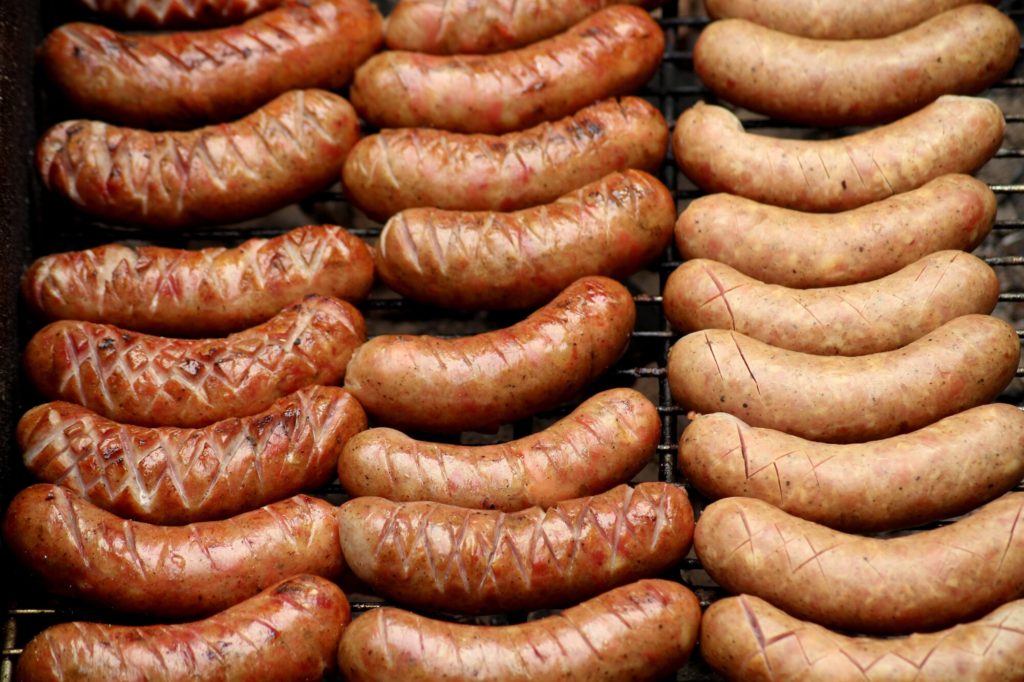In 2020, 1.27 billion pounds of sausage made their way to kitchens around the country. Unfortunately, that also means plenty of opportunity for sausage cooking mistakes. Additionally, plenty of sausage cooking faux pas are inherited through the generations.
For example, boiling sausages before cooking them. Surely no one would commit this egregious offense if they knew that boiling them dilutes their robust flavor.
Continue reading if you’d like to learn how to make sausage the right way by learning which common mistakes to avoid.
1. Cooking Them While Cold
If you want tender and juicy sausage, you must let them come to room temperature before cooking. Cooking sausages fresh out of the refrigerator will cause uneven cooking.
This happens because the outside will finish cooking faster than the cold inside, causing it to overcook while waiting for the interior to catch up.
The safe sausage cooking temperature for beef, pork, or veal sausages is 160°F. You should cook sausages containing poultry to 165°F.
2. Cutting Them Too Soon
It seems as though everyone is a little too eager to dig in because this is a common mistake. When you don’t let sausages, or other meats, rest after cooking, it loses all of its juices and dries out.
This happens because proteins, like those in sausages, tighten at high temperatures. As a result, all of the moisture pools in the center.
If you allow it to rest at least 15 minutes after cooking, all juices will redistribute, resulting in a succulent sausage. If not, you’ll have a pool of drippings on your cutting board.
3. Overcrowded Pans
Sausages, much like people, need room to breathe and thrive. In the case of the links, cramming them all together on a crowded pan all but guarantees a pale, soggy sausage, and nobody likes a soggy sausage.
When you allow for plenty of room (this means no touching!) your sausages can achieve a drool-worthy tan, crisp exterior. Otherwise, they will steam instead of brown.
4. Baking and Frying Them
This one is controversial, but baking and frying sausages do not do them justice. A baking sheet is no substitute for a good hot pan and hand rotation. In the oven, the skin won’t develop the umami-rich caramelization that sausage lovers expect.
Deep frying your links only results in a tough, chewy exterior and none of that signature snap.
5. The Cardinal Sin of Sausage Cooking Mistakes: Breaking the Delicious Casing
This is one of the worse sausage cooking mistakes. Throughout the manufacturing process, the sausage casing is delicately handled to maintain integrity. That’s because even the sausage manufacturing materials have an impact on the final product.
During the cooking process, the casing of all types of sausage locks in flavor and moisture, so that when you take your first bite, you feel a snap and then a rush of rich savoriness.
Natural Casings Make Better Sausages
Historically, using animals for sausage casings has existed since 4000 B.C.
Sausage cooking mistakes aren’t the only thing that affects the outcome of the final product. For example, the type of casing is the first hint of the taste of the sausage. Natural casings create a superior and more delicious sausage.
Why? Because the permeability of natural casings allows more flavor to be imparted.
World Casing Corporation has been supplying natural casings to sausage makers, both large and small, worldwide for generations. Contact us today to learn more about how we can help you make the finest sausage.

